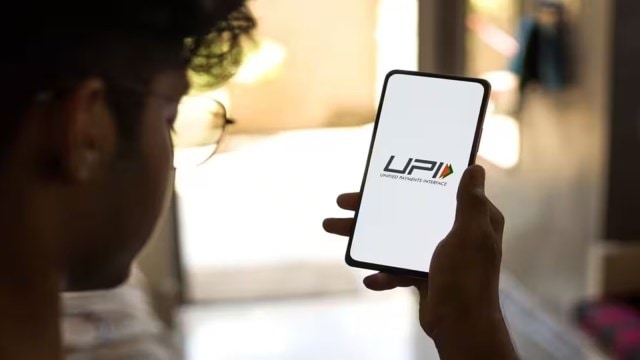UPI users against levying fee on transactions: Survey
As UPI transactions are growing, fintech industry players and banks have been pushing the government and regulators to permit a Merchant Discount Rate (MDR) on UPI transactions.
 As many as 75 per cent of respondents said that they will stop using UPI if a transaction fee is introduced, according to a survey conducted by LocalCircles.
As many as 75 per cent of respondents said that they will stop using UPI if a transaction fee is introduced, according to a survey conducted by LocalCircles.Users of thriving UPI (Unified Payments Interface) for digital payments are resisting the proposal to levy a fee on such transactions, says a survey.
As many as 75 per cent of respondents said that they will stop using UPI if a transaction fee is introduced, according to a survey conducted by LocalCircles. Only 22 per cent UPI users surveyed are willing to bear a transaction fee on payments. The percentage of UPI users unwilling to pay a transaction fee has, in fact, marginally increased from 73 per cent to 75 per cent since the last survey in March 2024, it said.
As UPI transactions are growing, fintech industry players and banks have been pushing the government and regulators to permit a Merchant Discount Rate (MDR) on UPI transactions. In other words, they want to levy a fee on merchants/ businesses for UPI transactions similar to how it is levied on merchants in the case of debit and credit card transactions.
The demand for MDR has led to small merchants and consumers expressing their discontent. Consumers believe that if MDR charges are introduced for merchants, they will in turn pass it on to them, just like it happens in the case of credit and debit cards. It is quite common for small merchants to demand a processing charge from consumers who are using credit or debit cards to make payments.
MDR is a fee charged from merchants or business owners when they receive payments from customers via digital methods. Many firms including Amazon had called for the implementation of the MDR regime for UPI transactions.
As technology penetration and smartphone users rise in India, the use of UPI for digital payments too is rising, both in terms of transactions and value. The National Payments Corporation of India (NPCI) recently announced interchange changes (similar to merchant discount rates) for pre-sanctioned UPI credit lines offered by banks. The new charges will be effective from October 16, 2024.
As the survey shows 38 per cent of respondents indicated that they are conducting over 50 per cent of their payment transactions via UPI and 37 per cent were found to be conducting over 50 per cent of their payment by value. “With UPI rapidly becoming an integral part of nearly 4 in 10 consumers, there is strong resistance to any kind of direct or indirect transaction charges being imposed,” the survey said.
LocalCircles conducted its six-monthly survey which received over 44,000 responses from consumers located in 325 districts of India.
During the Covid pandemic, availability of contactless digital payment solutions such as BHIM-UPI facilitated social distancing and continuity of business for merchants. NPCI posted a record 57 per cent rise in the volume of transactions and 44 per cent rise in value in the 2023-24 fiscal year, compared to the previous fiscal year.
For the first time, UPI transactions crossed 100 billion and closed at 131 billion in a financial year, compared to 84 billion in 2022-23, while in value it touched Rs 199.89 trillion, compared to Rs 139.1 trillion.
In the first three months of the current fiscal year, UPI transactions have grown over 36 per cent to Rs 66 lakh crore, Minister of State for Finance Pankaj Chaudhary had told Lok Sabha. “Also, 4,122 crore UPI transactions worth Rs 60 lakh crore took place between April-June 2024-25,” he said.
Globally India has the highest real-time transaction volume which is threefold of the closest challenger China. Starting with 21 banks in 2016, the UPI or the country’s digital payments ecosystem has expanded to 381 banks, enabling billions of digital transactions each month.





- 01
- 02
- 03
- 04
- 05


























